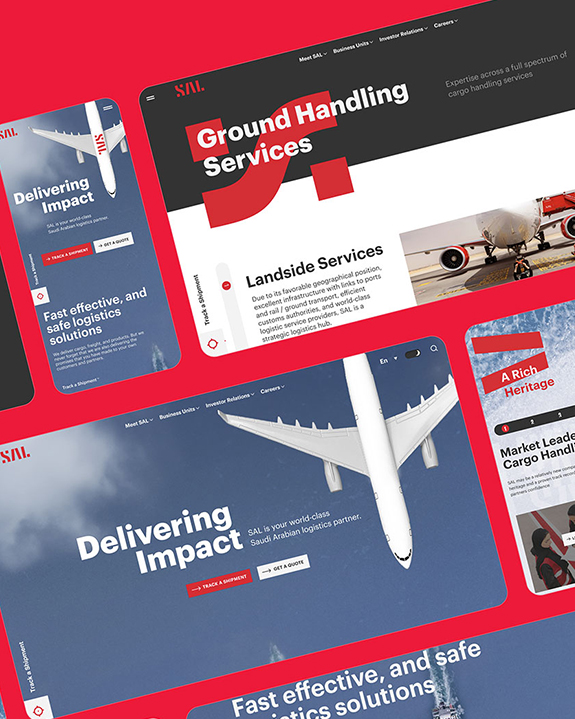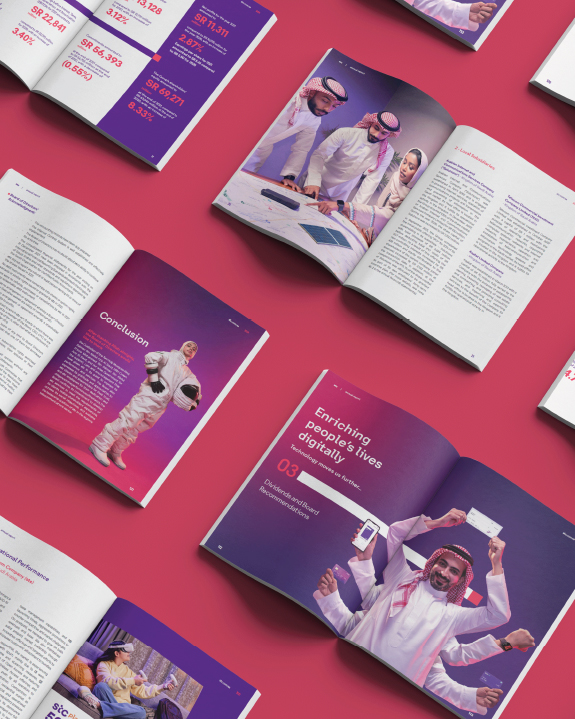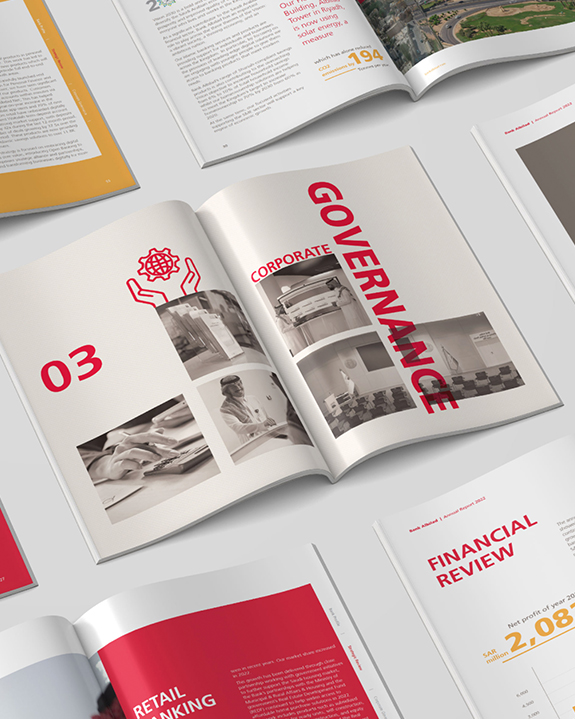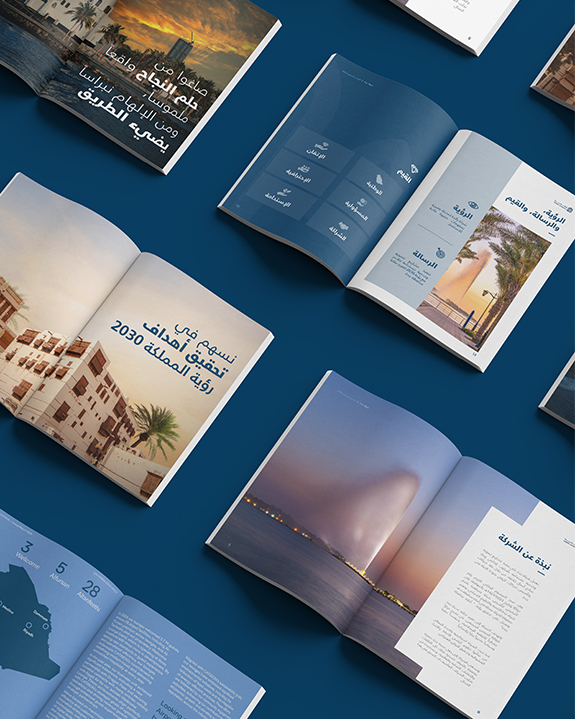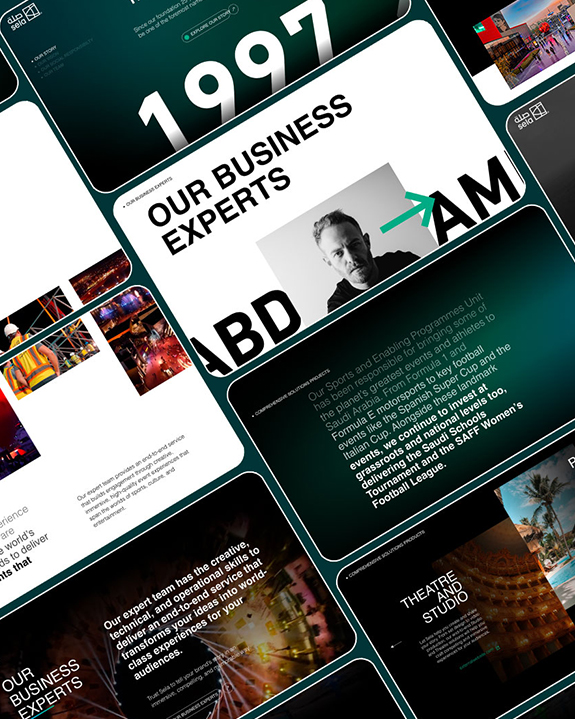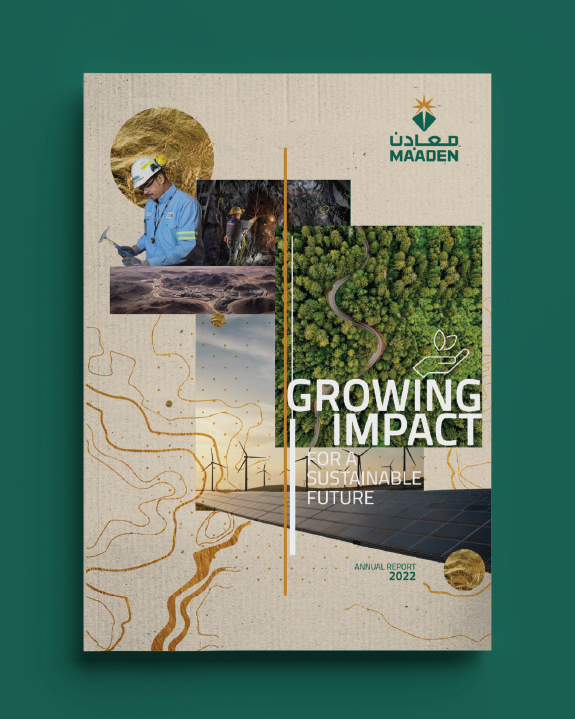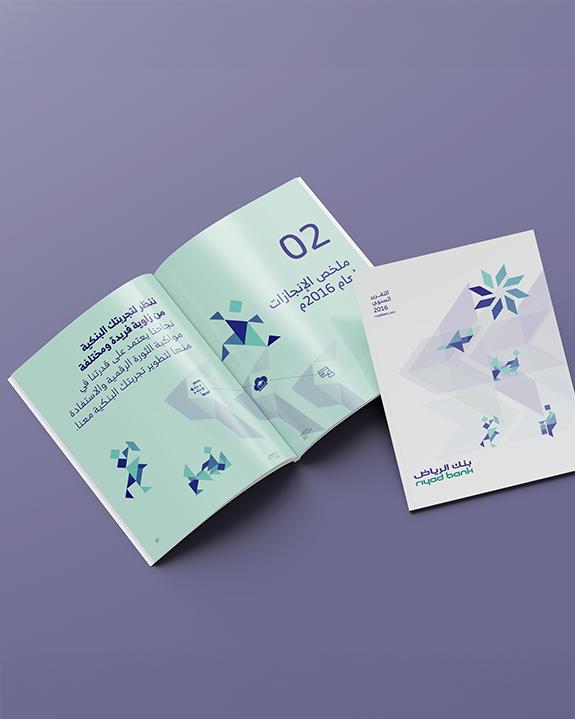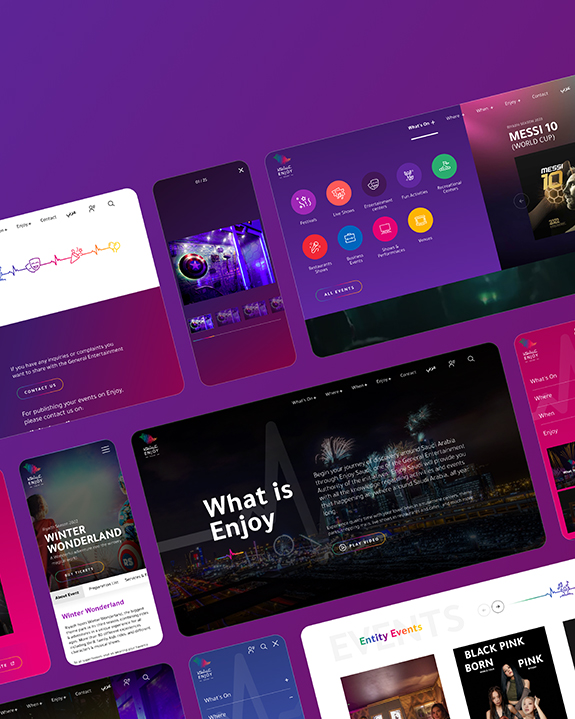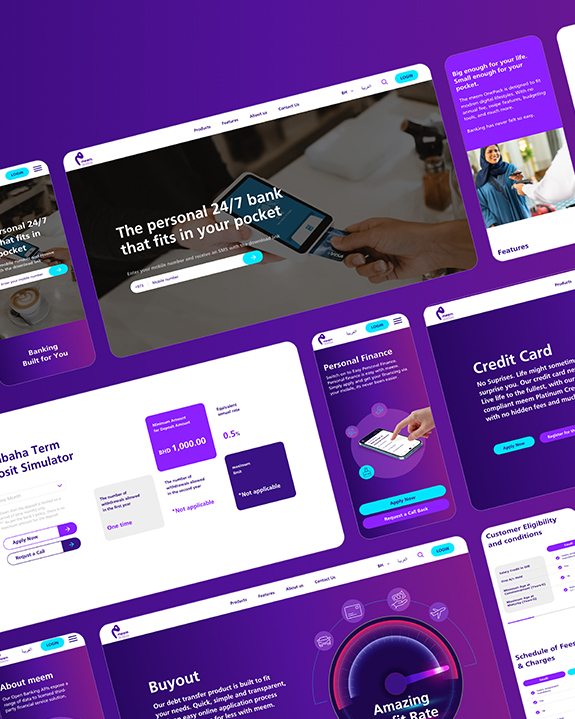Elevating Annual Reports Through Strategic Storytelling
Annual reports, historically viewed as mere compilations of financial data, have long functioned as an accurate track, carefully detailing accomplishments and financial details. However, as the nature of business evolves, there is an increasing demand for more engaging and effective communication.
Starting today, we will delve into ways strong storytelling can elevate these reports from dry factual accounts to engaging narratives that encapsulate the essence of the organization’s strategic achievements, dedication to creative brilliance is converging data and narratives to tell engaging stories of milestones.
Storytelling is an Essential Art.
In the not-so-distant past, annual reports were confined to the realms of tables, charts, and impenetrable financial jargon. They served as communication tools laser-focused on data, lacking the emotional resonance needed to captivate stakeholders. However, organizations are increasingly acknowledging the transformative power of creating a holistic and compelling depiction of their journey.
Emotional Connections that Transcend Numbers
In embracing storytelling, organizations enter a realm where emotional connections take precedence over data dissemination. Annual reports are evolving into platforms for stories that resonate, forging profound emotional connections.
-
Beginning with Purpose:
The narrative should commence with a clear purpose, or so-called “concept message”, which serves as the blueprint of the annual report, where all content, visuals, and data will work around this concept.
-
Humanizing the Numbers:
Instead of drowning stakeholders in an ocean of figures, humanize the data. Attach stories to statistics, illustrating how each number contributes to the broader narrative of success and growth.
-
Consistency in Tone:
Maintaining a consistent tone throughout the report ensures a cohesive and engaging experience for the reader. Whether conveying success stories or addressing setbacks, the narrative should reflect a unified voice, all related to the initial concept message.
-
Visual Storytelling:
The integration of visuals enhances the storytelling experience. From impactful images to strategically placed graphics, visual elements provide an additional layer of engagement.
Why Annual Reports Need Storytelling
The integration of storytelling into annual reports is not a mere
stylistic choice; it’s a strategic necessity. This evolution isn’t about simply making reports visually appealing; it’s about fundamentally transforming how organizations communicate their achievements and milestones. Let’s dissect the crucial components that elevate annual reports from dry data compilations to engaging narratives.

1. Visual Elements and Impact
Visual elements play a pivotal role in capturing attention and enhancing storytelling within annual reports, breaking down complex financial information for accessible understanding. Incorporating captivating visuals, such as infographics and charts, breaks down complex financial information and ensures a more accessible understanding.
By emphasizing the human side of achievements, challenges, and successes, organizations can create a narrative that stakeholders not only understand but also emotionally resonate with. This narrative-driven approach ensures that the report is not only informative but also memorable.

2. The Role of Typography
Typography, which refers to the style and arrangement of text, is an important factor in how readers perceive and engage with an annual report. Consider the subtle yet powerful impact of serif and sans-serif fonts—serifs, with their decorative tails, can evoke a sense of tradition and formality, while sans-serif fonts offer a modern, clean aesthetic. Font sizes and spacing dictate the hierarchy of information, influencing what captures the reader’s attention first. A judicious combination of font styles, sizes, and spacing not only enhances readability but also contributes to the overall aesthetic appeal of the report. It’s these seemingly minor typographic choices that, when carefully considered, weave seamlessly into the narrative, elevating the entire storytelling experience.

3. Accessibility and Inclusivity
Annual reports often underestimate the significance of accessibility, a key factor in ensuring inclusivity. Crafting reports that are accessible to a diverse audience, including individuals with different abilities, is not merely a matter of ethics; it aligns seamlessly with the principles of inclusive storytelling. By incorporating features such as alt text for images and ensuring compatibility with assistive technologies, organizations ensure that the narrative reaches a broader audience, creating a more meaningful and inclusive engagement with stakeholders.

Localization is Key
Language is more than just words. Marketing agencies that prioritize effective localization ensure messages are culturally appropriate and linguistically accurate. This includes adapting dialects, avoiding humor that might not translate well, and ensuring the overall tone and message resonate with the audience on a deeper level. Understanding Saudi consumer preferences and the type of content that evokes emotions is essential. Marketing materials should be localized not just in language but also in sentiment. This means using humor that aligns with Saudi sensibilities, referencing cultural touchstones that resonate with the audience, and creating content that speaks to their aspirations and needs.
Essential Elements of Compelling Narratives
The Power of Simplicity
Use your knowledge of the existing preferences of your consumers to make your user experiences feel personal.
Distilling complex information into clear, concise narratives fosters understanding and engagement. This simplicity extends to both language and design, ensuring that stakeholders navigate the report effortlessly.
-
Narrative Structure
Much like a gripping novel, an annual report benefits from a well-defined narrative structure. This format keeps stakeholders interested from beginning to end with a captivating introduction, a fluid flow through milestones and accomplishments, and a strong conclusion.
-
Visual Storytelling
The adage “a picture is worth a thousand words” holds true in annual reporting. Visual storytelling, through strategically placed infographics, charts, and images, enhances comprehension and retention. These visual elements serve as powerful allies in conveying the organization’s journey.
-
Consistency Across Mediums
Consistency is not only the backbone of branding but also a fundamental aspect of effective storytelling. From the tone of voice to the visual identity, maintaining a consistent narrative across various mediums reinforces the organization’s identity, fostering familiarity and trust.
-
Data-Driven Narratives
Numbers, when presented strategically, can be compelling storytellers. Data-driven storytelling infuses life into statistical information, providing context and meaning. Whether showcasing financial achievements or growth metrics, weaving a narrative around the data transforms it into a compelling story of success.
-
Human-Centric Approach
The most resonant stories in annual reports are those that put people at the center. Highlighting the human aspect—whether through success stories, testimonials, or employee spotlights—creates a connection that goes beyond numbers, fostering a sense of shared accomplishment.
-
Crafting the Organizational Vision
Every annual report should serve as a vessel for the organizational vision. Effective storytelling aligns the narrative with this vision, ensuring that stakeholders not only comprehend the past year’s achievements but also envision the trajectory for the future.











